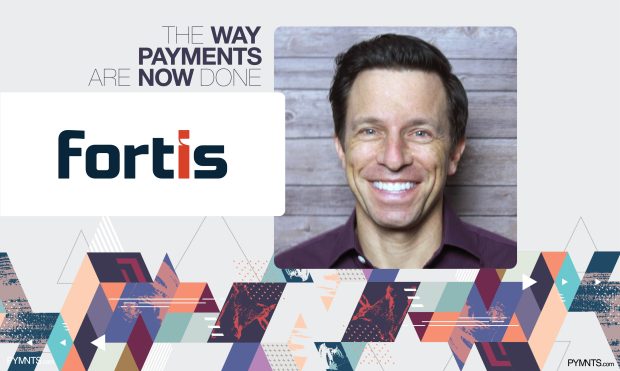Choice and Convenience: Defining Consumer Payments Today

In “The Way Payments Are Now Done,” 33 payment executives discuss what payments’ “new normal” looks like. Ron Dichter, chief revenue officer at Fortis, explores how consumers’ payments preferences drastically changed when the world shifted to digital.
From swiping a magnetic strip in-person to instant orders and payment plans, many of us did not anticipate the level of rapid development that would expand throughout the payments industry over the last two years.
The buying power and payments preferences once in the hands of businesses shifted to consumers the moment our lives went virtual. Consumer behaviors, physical restrictions, changes in purchasing needs and threats of economic collapse influenced change and set new expectations for consumers today.
A year ago, small businesses were struggling to compete with big brands emerging in eCommerce. Today, the end customer has just as much as of an opportunity to choose local goods and services as they do to order from Amazon.
Over the last 12-24 months, third-party connectivity has changed the way customers tackle errands, pay for services and even order food. The convenience of accomplishing several tasks in one central location wasn’t as openly available as it is today. Now, vendor partnerships and point-of-sale connectivity allow consumers to book reservations, pay for gift cards and pre-pay for meals – all from the same app.
And prior to 2020, layaway was an almost-forgotten concept left in the 90s. As we move closer to 2022, that same concept has been revived and rebranded through buy now, pay later (BNPL) platforms, which enable customers to make purchases with installment plans.
Competitive local eCommerce, third-party connectivity and BNPL strategies are innovations that became reality for the payments industry this year – but together, they’re merely products of the choice and convenience that define consumers’ normal payments routine.
As technology disruptors bring new capabilities and integrations to market, more streamlined functions will inevitably shape our payments experience. Open Table, Shopify and Afterpay are all growing examples of how choice and convenience impact our payments needs and expectations. Consumers want personalization and options. Gone are the days that customers face limitations at checkout.
Our payments ecosystem is rapidly changing – not only because the pandemic uprooted the industry, but because consumers have taken control of their payments needs and expectations. Over the last two years, Fortis has focused on curating tailored commerce experiences that further enable choice and convenience in payment routines.
Through enhanced core integration capabilities, payment facilitation, third-party connectivity, award-winning APIs and strategic acquisitions – such as with EpicPay or Swype at Work – Fortis helps businesses simplify payment systems and meet their unique commerce needs as the industry grows and transitions.
Competitive local eCommerce, third-party connectivity and BNPL platforms show us how the industry has transformed since the dawn of the pandemic, but payments capabilities will continue to innovate and evolve. We believe choice and convenience for the consumer is here to stay, even if today’s perception of the “normal payments routine” differs from tomorrow.
